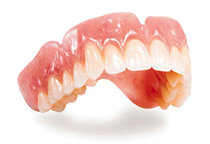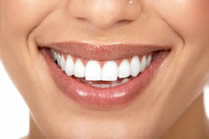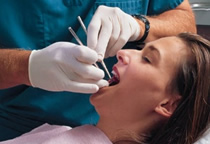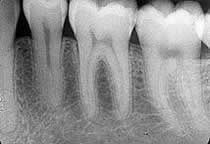Treatments
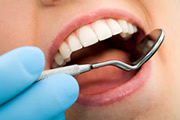
Nowadays, thenks to scientific and technological progress the main aim is to cure and save the tooth ,but in some circumstances , savig patient’s health or planning a treatment , tooth may be pulled out.
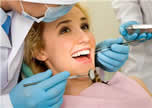
Severe tooth decay or infection (acute or chronic alveolar abscess[1]). Despite the reduction in worldwide prevalence of dental caries, it is still the most common reason for extraction of (non-third molar) teeth with up to two thirds of extractions.[2] Supernumerary teeth which are blocking other teeth from coming in. Severe gum disease which may affect the supporting tissues and bone structures of teeth. In preparation for orthodontic treatment (braces)
Teeth in the fracture line Teeth which cannot be restored endodontically Fractured teeth Supernumerary, supplementary or malformed teeth Prosthetics; teeth detrimental to the fit or appearance of dentures[3] Insufficient space for wisdom teeth (impacted third molars). Although many dentists remove asymptomatic impacted third molars,[4][5] both American and British Health Authorities recommend against this routine procedure, unless there are evidences for disease in the impacted tooth or the near environment.[6] The American Public Health Association, for example, adopted a policy, Opposition to Prophylactic Removal of Third Molars (Wisdom Teeth) because of the large number of injuries resulting from unnecessary extractions.[7]



